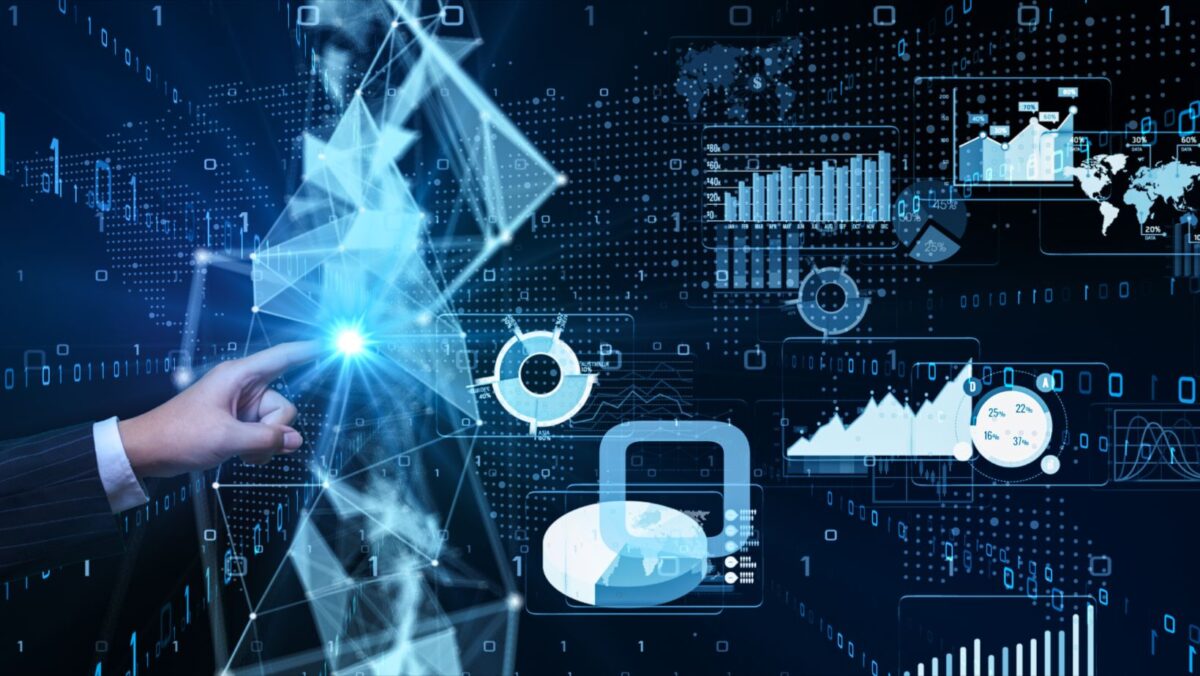Did you know that 62% of companies already use AI in their branding or marketing efforts? According to a PwC report, this shift is not just about efficiency but also about creativity and precision. AI is reshaping how brands communicate, design, and engage with their audiences. How exactly does this revolution unfold? Let’s break it down.
Why Branding Needs a New Approach
Branding is more than a logo or tagline. It’s the feeling your audience associates with your business. But here’s the challenge: consumers expect personalized experiences and dynamic visuals, and traditional methods can’t always keep up.
This is where AI steps in, offering tools that combine speed, innovation, and adaptability. From crafting intricate logos to creating AI-powered avatars with platforms like Hypnopixels, AI helps brands stand out in an increasingly competitive landscape.
AI’s Role in Logo Design
Logos are often the first thing people notice about a brand. Getting it right is crucial. But designing a logo can be time-consuming and costly—especially for startups or small businesses. AI simplifies the process by using algorithms to analyze design trends, color psychology, and branding data.
Instant Customization
AI-driven design platforms allow users to create professional logos in minutes. These tools analyze inputs like company name, industry, and style preferences to generate tailored options. The result? High-quality designs without the need for a full design team.
Learning from Trends
AI doesn’t just create—it learns. By analyzing millions of designs, AI tools predict trends and suggest styles that resonate with target audiences. For example, minimalist logos have gained popularity, and AI helps brands adopt this sleek, modern approach effectively.
Marketing and AI: A Dynamic Duo
Marketing strategies are shifting from broad campaigns to hyper-focused personalization. AI drives this change by processing large datasets to understand consumer behavior.
Personalizing the Customer Journey
Have you ever received a product recommendation that felt like it read your mind? That’s AI at work.

Machine learning algorithms analyze browsing habits, purchase history, and even social media activity to deliver highly relevant content.
This personalization doesn’t just stop at recommendations. AI also powers dynamic content in marketing emails, websites, and ads, ensuring every customer interaction feels unique.
Creative Content at Scale
Creating visuals for marketing campaigns can be daunting, especially for global brands. AI tools automate this process, generating ad creatives, social media posts, and even video clips in record time. They don’t just save time—they ensure consistency across every touchpoint.
AI’s Influence on Brand Strategy
Great branding isn’t just about looking good. It’s about telling a story that aligns with your values and connects with your audience. AI helps brands develop strategies rooted in data and insights.
Analyzing Consumer Sentiment
What do people really think about your brand? AI-powered tools scan social media, analysis, and surveys to gauge consumer sentiment. These insights guide branding decisions, ensuring your message resonates.
Exploring AI-Generated Avatars
Creating a relatable brand persona is another way to connect with audiences.

AI platforms like Hypnopixels allow businesses to design avatars that represent their brand in a humanized and engaging way. Whether it’s for virtual assistants, marketing campaigns, or social media, these avatars can embody your brand’s voice and values.
Testing Campaigns Before They Launch
Wouldn’t it be great to know if an ad will succeed before investing in it? AI-powered tools simulate audience reactions, helping brands tweak their campaigns for maximum impact.
The Challenges of AI in Branding
AI offers incredible potential, but it’s not without challenges.
- Risk of Generic Designs: AI tools often rely on existing data, which can lead to designs that feel repetitive. Adding a human touch ensures creativity and originality.
- Data Privacy Concerns: Personalization relies on consumer data. Ensuring compliance with privacy regulations is critical to maintain trust.
- Over-Reliance on Automation: While AI enhances efficiency, it’s important not to lose the emotional and cultural nuances that only humans can bring to branding.
What’s Next for AI and Branding?
AI continues to evolve, and its role in branding is only getting bigger. Here’s a glimpse of what’s ahead:
- Interactive Logos: Imagine a logo that changes based on user interaction or even time of day. AI makes this possible, adding a dynamic layer to brand identity.
- Voice-Activated Branding: With voice assistants like Alexa and Siri on the rise, brands will need strategies to ensure their identity translates in audio-first environments.
- Hyper-Personalized Brand Experiences: From augmented reality shopping to AI-driven customer service, brands will create experiences tailored to individual preferences like never before.
Conclusion
AI is redefining branding, logo design, and marketing by combining creativity with precision. Whether you’re creating a logo, building a strategy, or personalizing customer experiences, AI offers tools that save time and enhance impact.
But remember, AI works ideal when paired with a human touch. While it excels at efficiency and analysis, the heart of any brand lies in its ability to connect emotionally with people. By leveraging AI thoughtfully, you can craft a brand that’s not just visually stunning but also deeply resonant.
How do you see AI shaping the future of branding? Share your thoughts below—we’d love to hear them.

